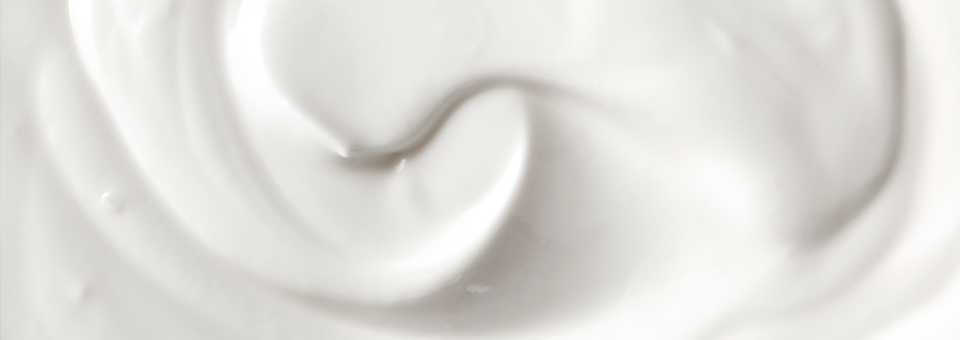Our skin was designed to be porous enough to soak up moisture from the air. But these same open pores make your skin vulnerable to assault by the harmful chemicals in our modern environment.
Today’s airborne pollutants are so tiny that it’s easy for them to enter your pores or easily slip through the fat-filled spaces between skin cells.
In a recent study by the Leibniz Research Institute, researchers followed 743 Chinese women ages 28 through 70. By the end of this long-term clinical trial, they determined that almost every volunteer had 25% more hyperpigmentation — or age spots — than when the study began.
A follow-up study1 by the same researchers determined these pollutants also increase the likelihood of:
- Uneven skin tone
- Enlarged pores
- Redness
- Dry, itchy skin
- Eczema
- Atopic dermatitis
- Acne
- Skin cancer
But airborne pollutants aren’t the only toxins that destroy your skin’s delicate microbiome…
Surprising Cause of Skin Aging Is Sitting on Your Bathroom Counter
Turns out… the products we choose to put on our face do the most damage to this delicate microbiome.
Some of the most common ingredients in skincare products are actually the same chemicals listed under “hazardous materials” on warning signs and labels. They definitely shouldn’t be used in your skincare routine. The four worst offenders include:
- Sodium lauryl sulfates. These harsh, corrosive ingredients help body washes and shampoos bubble and lather. But you’ll also find them in household scrubbing solutions and car wash soap. They cause skin irritation, flaking and increased dryness. Over time, that develops into fine lines and wrinkles.
- Ethanol, methanol and other alcohols. These are all drying ingredients that strip away skin’s natural oils and lead to premature aging and irritation.
- Mineral oil. Derived from petroleum, it forms a film over your skin, clogging pores and hindering the skin’s natural ability to cleanse itself. With extended use, it can encourage acne and actually irritate and inflame skin. This results in an aging effect that makes fine lines and wrinkles much more visible.
- Soap. Unless you’re washing your hands, steer clear of commercial soaps. Not only are they drying, most have a pH of 10. And that’s the pH level that bad bacteria thrive in. Nothing can throw your microbiome out of balance faster.
Many of today’s commercial skincare products cover your face with chemicals and strip your skin of its natural defenses.
Even with the help of soaps and cleansers, you almost never get the environmental toxins and grime out of your pores where they’re hiding.
So, what to do? Here are my recommendations for clean, protected skin that will keep you looking young and healthy.
Feed Your Skin’s Microbiome to Protect, Repair and Reduce Signs of Aging
- Clean with rosehip seed oil. Plant derived oils contain essential fatty acid chains that closely resemble your skin’s own lipid matrix. They also contain prebiotics that help nourish and protect the microbiome. One of the best is rosehip seed oil since it’s naturally high in retinoic acid — a cousin to vitamin A. It’s been proven to reduce the appearance of wrinkles and scars.2 Look for rose hips in your body cleansers.
- Regenerate tired skin with aloe vera juice. Since ancient Greece, aloe has been used for its ability to reduce inflammation, provide moisture and help restore damaged skin. But today, we know it’s a powerful prebiotic that feeds beneficial bacteria to keep your skin’s biome in balance.3
Note: don’t buy aloe vera gel from the pharmacy. It’s synthetically thickened. Get edible aloe from your health food store. Or grow your own plant. - Feed your skin with probiotics. Topical probiotics act like a physical barrier and block harmful microbes from damaging your skin. My favorite is a proven strain called Bifidobacterium longum. In my last letter, I introduced you to foods rich in this probiotic that improve your skin microbiome from the inside. But when its combined with enzymes that help break it down, it brings dull, dry skin back to health. In fact, a recent study found that it strengthens your skin barriers by 25% and stops skin moisture from evaporating.4
To Your Good Health,

Al Sears, MD, CNS
1. Hüls A, et al. “Traffic-related air pollution contributes to development of facial lentigines: Findings epidemiological evidence from Caucasians and Asians.” J Investig Dermatol. 2016:;136(5):P1053-1056.
2. Griffiths C, et al, “Restoration of collagen formation in photodamaged human skin by tretinoin (retinoic acid).” NEJM. 1993;329(8):530-535.
3. Kim Y, et al. “Lactobacillus brevis strains from fermented aloe vera survive gastroduodenal environment and suppress common food borne enteropathogens.” PLoS One. 2014;9(3):e90866.
4. Guéniche A, et al. “Bifidobacterium longum lysate, a new ingredient for reactive skin.” Exp Dermatol. 2010;19(8):e1-8.

